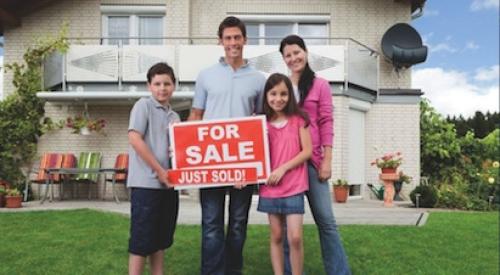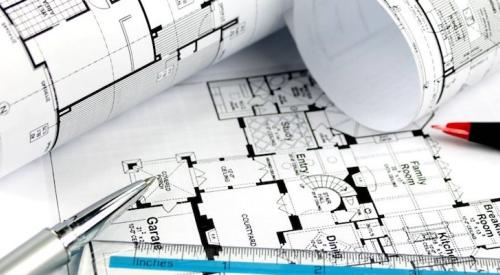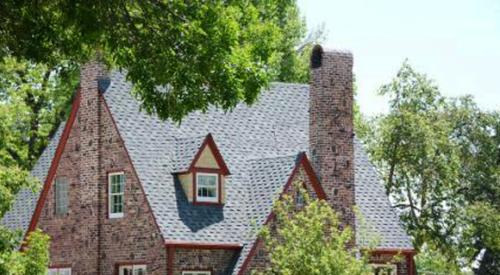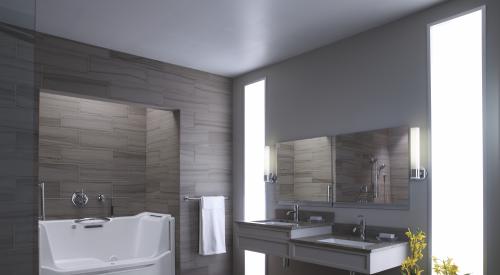More than 20 percent of noninstitutionalized adults age 65 or older, which equates to 9.4 million people, live in multigenerational households.
The Housing Perspectives blog for the Harvard Joint Center for Housing Studies found age, race, and ethnicity figures for the group.
The share of the population that lives in a multigenerational household fluctuates by age. People in their 20s (adult children living at home), 40s and 50s (adults with either grown children or elderly parents), and 80s (people who need support) have the highest rates of multigenerational living.
White families are least likely to have a multigenerational household. Only 15 percent of native-born whites live in a multigenerational home, while more than a quarter of native-born blacks, Hispanics, and Asians do. The share of foreign-born non-whites living in a multigenerational home is nearly 50 percent.
The Joint Center has predicted that the population of Americans age 65 and older will increase to 79 million people by 2035, which will lead to an increase in multigenerational households.
As this growth occurs, it will be important to consider how new and existing housing stock might be designed or modified to best meet the needs of multigenerational households. Universal design features including single-floor living, zero-step entrances, and hallways and doorways wide enough to accommodate wheelchairs, walkers, or strollers can make homes more accessible for older adults with mobility limitations as well as for their young grandchildren.












